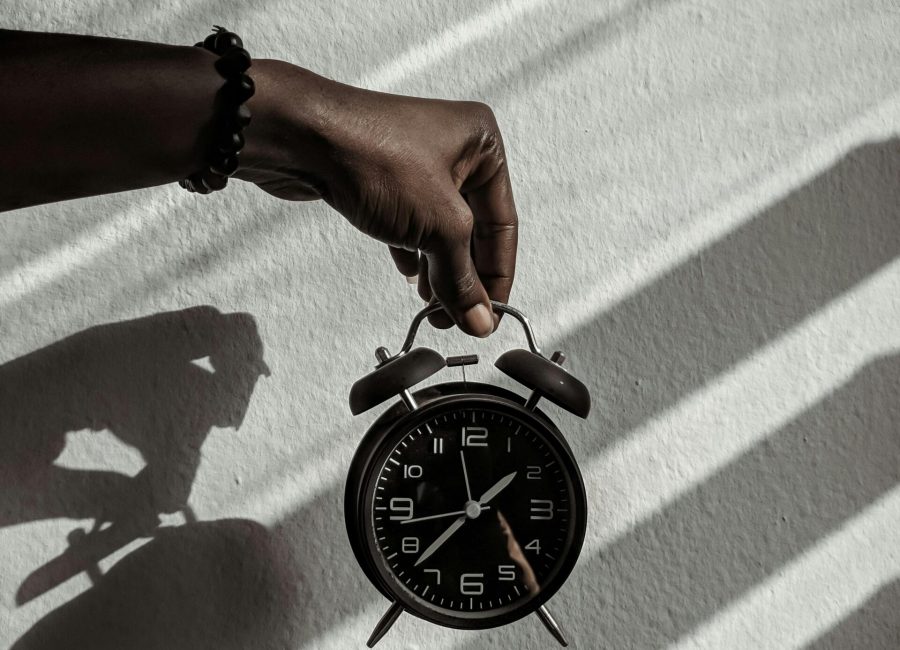Labor’s Women’s Budget and reply speech has done what the Federal Government would not, and that’s put the economic disadvantage of women on the national political agenda.
Speaking in Parliament in response to the Government’s Budget on Tuesday, Opposition Leader Bill Shorten promised to do more to narrow the gender pay disparity but did not commit any future funding to how this would happen.
“We will get enterprise bargaining off life support and employees and employers back to the negotiating table, for more productive work places, more profitable enterprises and higher wages, and we will lead a new push to deliver genuine pay equity for Australia’s working women.”
Labor also handed down its fifth Women’s Budget Statement on Thursday, which is a strategic show of support for women’s economic issues given that the Abbott Government scrapped the official document in 2014.
Both Opposition Leader Bill Shorten’s Budget reply speech and the Women’s Budget Statement did what Treasurer Scott Morrison could not on Tuesday, and that’s mention the word women.
Instead Treasurer Morrison stayed in gender neutral mode and missed an opportunity to elaborate on a promise made by the government a day earlier which was to provide “significant funding” package that would help more Australian women return to work and with financial security.
The fact that women attract less of a mention by the Federal Government in the Budget might have something to do with women being under represented in its own ministerial ranks. By contrast nearly half of Labor’s parliamentary party are female.
So what are some of the things in the Women’s Budget Statement and Labor Budget Reply that may benefit women?
Taxation
Labor is promising bigger income tax cuts than the government, particularly for middle-to-low income earners.
Mr Shorten said Labor would introduce a Working Australians Tax Refund at a cost of nearly $6 billion over four years.
The Refund is aimed at giving 10 million low-and-middle-income earners a bigger tax refund than the government and 4-million Australians will get $400 more a year in tax refunds that the government promised in its Budget speech.
Negative gearing
Labor wants to reform negative gearing and capital gains tax concessions. This would mean closing down a concession that gives cash refunds for excess dividend imputation credits, and closing loopholes on discretionary trusts.
Labor says that such tax concessions disproportionately benefit wealthy men, who make up the majority of high income earners. Men claimed $2.7 billion more in negative gearing deductions than women in 2015-16. In that year, 115,000 more men than women benefited from the current negative gearing arrangements.
Tampon tax
Labor has promised to abolish Australia’s unfair Goods and Services Tax (GST) on tampons, sanitary pads and menstrual cups.
To offset the loss of revenue to the states, GST will be applied consistently to 12 natural therapies that are sometimes GST free, such as iridology and aromatherapy.
Work
Labor has pledged to restore Sunday penalty rates and lead a new push to deliver genuine pay equity for Australian women.
Women are disproportionately impacted by cuts to penalty rates as they are more likely to work in affected industries, part-time, be employed under an award and work weekends.
Domestic violence
Labor has committed to include 10 days paid domestic violence leave in the National Employment Standards.
Education
Mr Shorten also promised to cover all up-front fees of 100,000 TAFE places, if elected, in high priority sectors.
He then added that Labor expects that at least half of these opportunities would go to women.
















